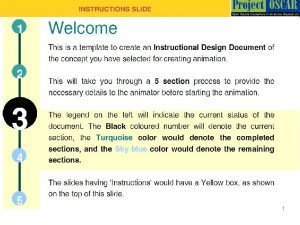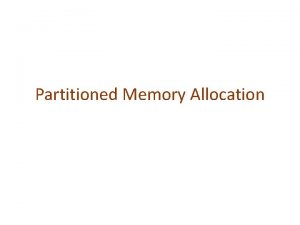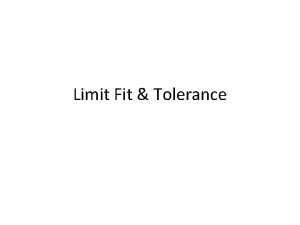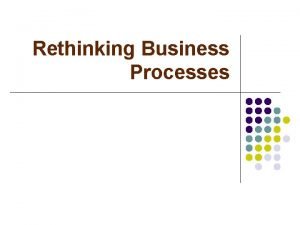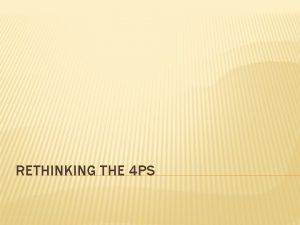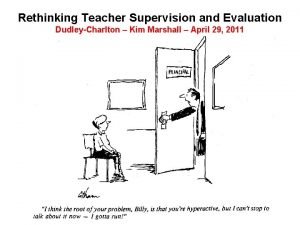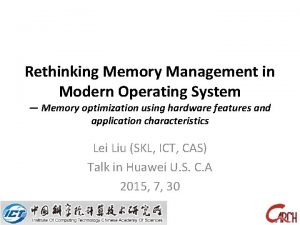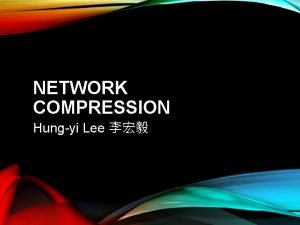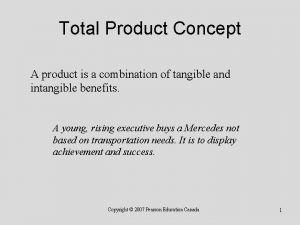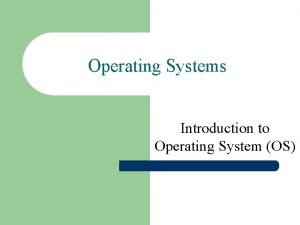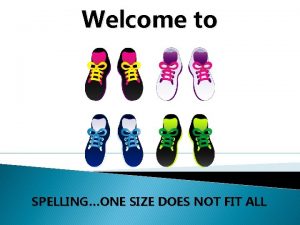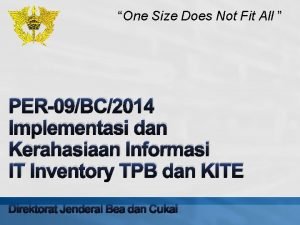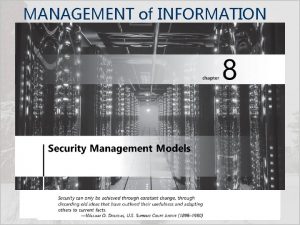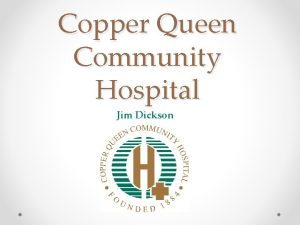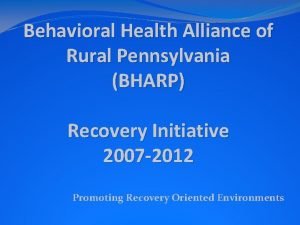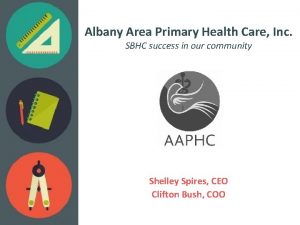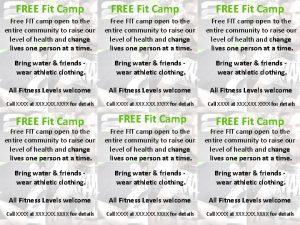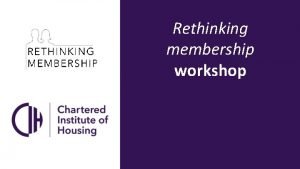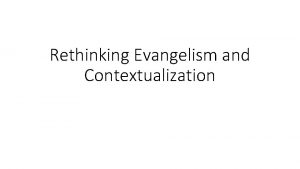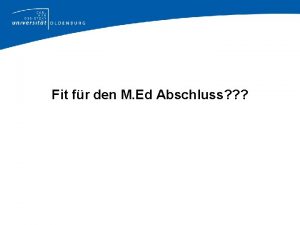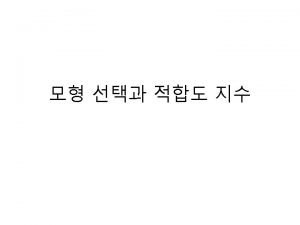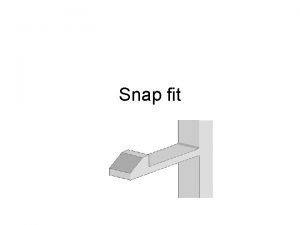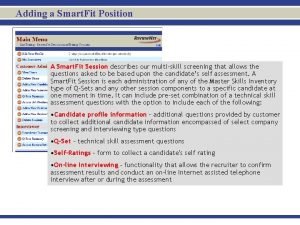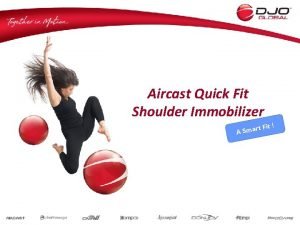Rethinking Rural Health Where does rural health fit
























- Slides: 24

Rethinking Rural Health

Where does rural health fit in a valuebased system? • • • The carrot and the stick First the carrot, then the stick. Cull out the weak by squeezing them all. Is the remedy worse than the malady? Is it all part of the plan? How do we survive?

The Wolf at the Door • 673 rural hospitals at risk of closing. • 33% of rural hospitals in 42 states under duress. • Represents 11. 7 million patient encounters, 99, 000 rural healthcare jobs and loss of $277 billion in lost GDP over ten years. (i. Vantage report)

Choices, Choices • Follow the government Pioneer or Nextgen programs. • Build you own system based on community needs. • Both options based on value-based reimbursement.

What is value? Value = positive patient outcomes cost

“Form Follows Function, it is the Law” • Rural health has been designed to conform to government payment patterns. • Now we design to population health needs. • If society moves to value-based payment how do we function? • Design your system, then your building.

Value-based Function • Is the future of rural health based on government direction or a direct care model? • CMS has stated that 80% of payments will be based on value-based alternative payment models within the next few years. • If payment based on cost goes away or is no longer viable, what replaces it?

Is Free Market Healthcare the answer for Rural Health? • What is “community capitalism”? • Is there an ERISA/MEWA in your future? • An alliance between physicians, employers and hospitals?

Goals • Create operational systems that slash costs while improving quality. • Move care from the building to the home. • Do what you do best and contract for the rest. • Transition to buildings that are efficient, agile inexpensive.

Consider the Implications • Direct primary care will: ü ü ü Reduce emergency visits by 53% Reduce advanced radiology by 66% Reduce surgeries by 77% Reduce specialist visits by 58% Reduce hospitalization days by 16% Increase primary care visits by 239% (source Qliance actual data)

Consider a Life Enhancement Center? • What is an LEC? Focus on: ü Wellness ü Nutrition ü Patient-centered medical home ü Emergency, urgent care, nursing ü Reduce overhead costs

Wellness • Define the LEC as a place that supports a healthy lifestyle. • Provide exercise equipment, rehab services with physical therapy and occupational therapy. • Approach public organizations, educational systems and private employers

Nutritional Services • Redefine the dietary department from a service to feed employees and visitors to a community support service. • Extend nutrition education to the home. • Group education in Patient-centered Medical Home setting for diabetic patients. • Consider sponsoring a local farmers market for locally grown fresh food.

Patient-centered Medical Home • Fewer exam rooms due to mobile care providers in the home. • Flexible classrooms for the chronically ill, neonatal education, chemical dependency, etc. • Conference rooms for patient care coordination. • Supports remote monitoring technology.

Emergency, Urgent Care & Nursing • High speed connection to teletrauma services. • Limited patient observation and acute care. (fewer that 3 beds not a hospital) • Capable of providing all but the most intense trauma services. • 24/7 availability with “ask a nurse” triage to direct a mobile care provider to the home.

Clinical Services • Consolidate outpatient services into a single department of improve efficiency, reduce cost and reduce errors. ü Lab, imaging, pharmacy, out-patient surgery, treatment rooms etc. becomes one department. ü One reception point with seamless visits by the visitor.

Outpatient service center: (part of clinical services per program) ü Outpatient surgery, endoscopy and recovery. ü Medical imaging, mammography, ultrasound. ü Infusion, oncology. ü Sleep, respiratory therapy, pulmonary function testing. ü Laboratory, phlebotomy. ü Pharmacy. ü High functioning cross-trained staff.

Administrative Services and Retail Operations • If not a hospital, reporting and compliance greatly reduced. • If a ERISA/MEWA with DPC, few insurance claims. • Information technology and human resources is expanded. • Retail pharmacy, durable medical equipment and fitness products.

Building a Sustainable Model • Economic sustainability. • Functional sustainability. • Agility. • Technology.

Conclusion • Value-based healthcare pushes providers into a merit-based business model. • Learn to weigh and mitigate risks and formulate strategies by optimizing performance. • Form ever follows function, but function is determined by culture, finance, political and technological issues.

“Never attempt to change things by fighting existing reality. To change something, build a new model that makes the old model obsolete, ” Albert Einstein

TRANSCEND Health Consultants Transhc. com doug@transhc. com


 Memory allocation policy
Memory allocation policy First fit memory allocation
First fit memory allocation Clearance fit tolerance
Clearance fit tolerance Person-job fit and person-organization fit
Person-job fit and person-organization fit Rethinking business process
Rethinking business process What is cdio
What is cdio Rethinking the 4 p's
Rethinking the 4 p's Rethinking expertise
Rethinking expertise Rethinking education: towards a global common good?
Rethinking education: towards a global common good? Kim marshall rubric
Kim marshall rubric Rethinking file mapping for persistent memory
Rethinking file mapping for persistent memory Arxiv
Arxiv Rethinking file mapping for persistent memory
Rethinking file mapping for persistent memory What is the fundamental rethinking of business processes
What is the fundamental rethinking of business processes Where does brand image fit into the total product offering?
Where does brand image fit into the total product offering? One size does not fit all in education
One size does not fit all in education Operating system kernel
Operating system kernel For one size does not all
For one size does not all One size does not fit all
One size does not fit all One size does not fit all in education
One size does not fit all in education Where does biba fit into iso 27000
Where does biba fit into iso 27000 Security management models
Security management models Copper queen physical therapy
Copper queen physical therapy Bharp
Bharp Albany area primary health care rural clinic
Albany area primary health care rural clinic
